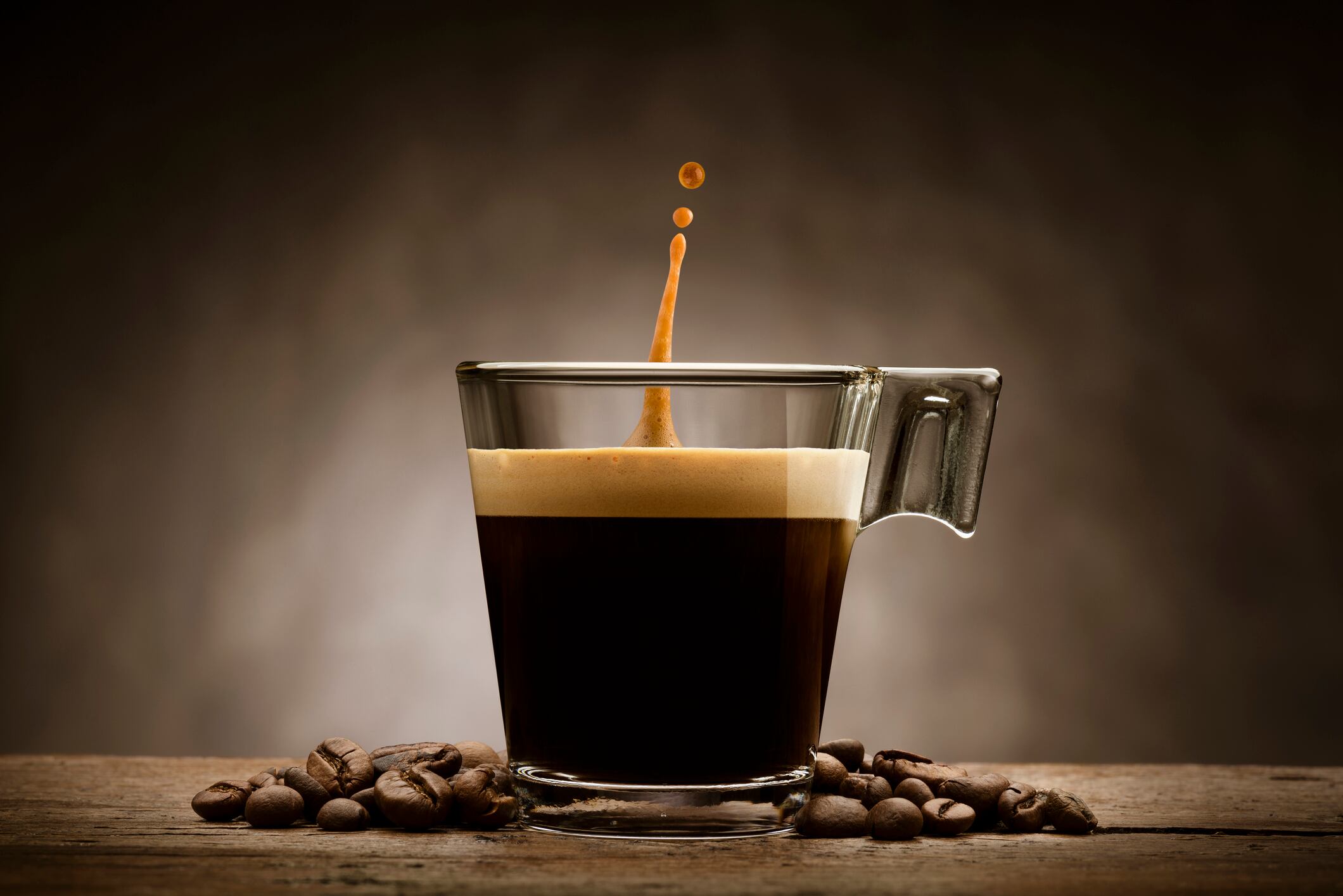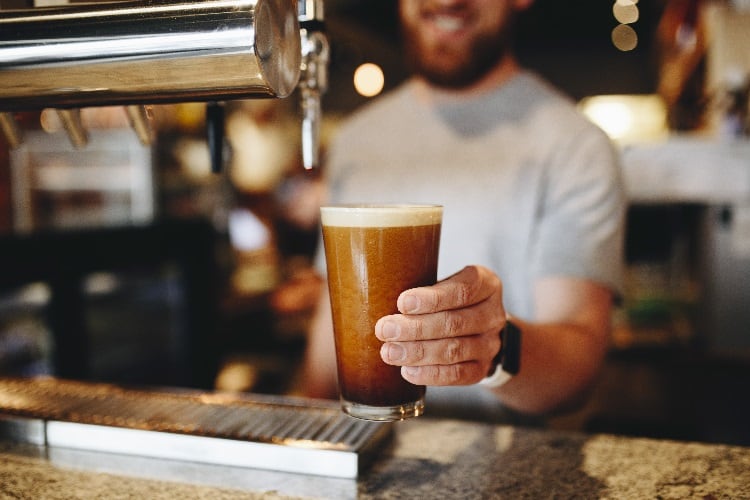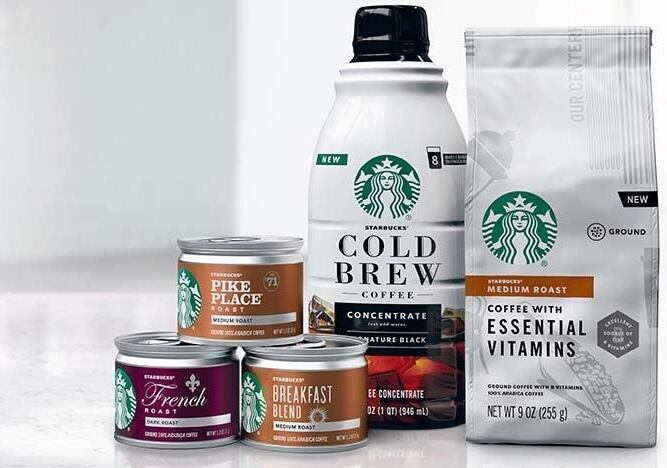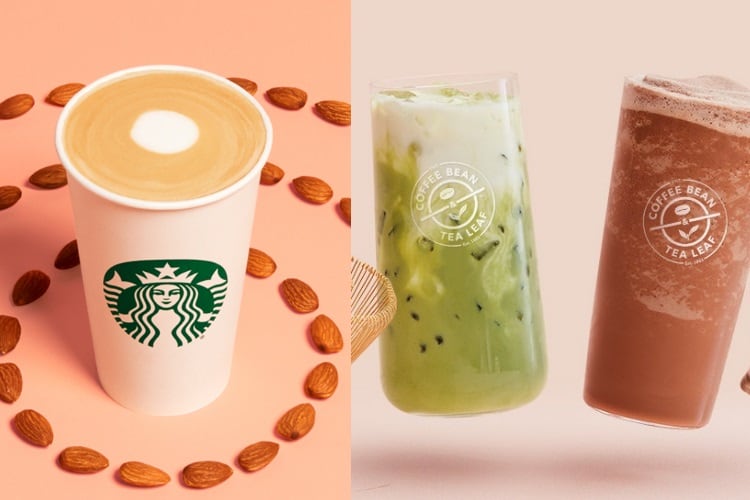They brewed up a mathematical model, taking into account amounts of water and coffee, how finely ground the coffee was, and water pressure, to determine the effect on the end product.
Most baristas use a large amount of coffee ground as finely as possible, but the team found this can choke up the coffee bed, so many coffee grounds are never touched by the water, and results are inconsistent.
They say the best espressos were achieved when they used less water or less coffee, and ground the beans more coarsely, leading to the maximum yield and a high level of consistency between shots.
Fascination with coffee
Espresso is brewed using hot, high-pressure water forced through a bed of roasted coffee. Despite being one of the most widely consumed coffee formats, it is also the most susceptible to variation.
“The typical, conventional thing about espresso is that the finer you grind, the more surface area you’re going to have. It makes sense that with more surface area you will need more water to mix in all the tasty stuff from the coffee,” said Michael Cameron, one of the paper’s authors and himself a barista in Melbourne.
Most people in the coffee industry use fine-grind settings and lots of coffee beans to get a mix of bitterness and sour acidity that is unpredictable and irreproducible, according to corresponding author Christopher Hendon, an assistant professor of computational chemistry at the University of Oregon.
"It sounds counterintuitive, but experiments and modelling suggest that efficient, reproducible shots can be accessed by simply using less coffee and grinding it more coarsely.”
Cameron’s fascination with coffee had led him to contact Hendon, one of the world’s leading authorities on the bean. The academic instructed him to lower the pressure of his coffee machine, based on his long-held theory of less being more. This would allow the coffee to be in contact with the beans more uniformly and for longer as it seeps through.
The barista was astonished by the results. “I cannot describe to you the first time I tried it,” Cameron told the Sydney Morning Herald.
“It was like my brain just stopped and went, what the f--- am I drinking? It was amazing, the flavours I was getting.”
“There needs to be contact time between the water and chemical compounds in your espresso—2,500-3,000 compounds are in there, and some of these might need more contact time.
“You definitely get a different flavour with a turbo 10-second shot compared to a 30-second shot, but you’re going to get the same extraction yield,” he added.
From the bar to the lab
Buoyed by Cameron’s reaction, Henderson decided to prove his theory in science. He then assembled a team of scientists from the United States, Britain and Switzerland to to work on it.
But when the researchers put together a mathematical model to explain the extraction yield based on the factors under a barista's control—options such as the masses of water and dry coffee, the fineness or coarseness of the grounds, and the water pressure—and compared its predictions to brewing experiments, it became clear that the real relationship was more complicated.
Grinding as finely as the industry standard clogged the coffee bed, reducing extraction yield, wasting raw material, and introducing variation in taste by sampling some grounds and missing others entirely.
Much number crunching and thousands of shots later, the team reached a recipe to simultaneously maximise extraction and produce espresso that would taste similar from one cup to the next.
"One way to optimise extraction and achieve reproducibility is to grind coarser and use a little less water, while another is to simply reduce the mass of coffee," Hendon said.
Developing a model representative of espresso brewing was not a straightforward task. At a basic level, extraction yield depends on how water flows under pressure through a mass of coffee grounds. But that mass is made up of millions of individual grains of different shapes and sizes, jammed irregularly into a single filter bed.
"You would need more computing power than Google has to accurately solve the physics and transport equations of brewing on a geometry as intricate as a coffee bed," said co-senior author Jamie M. Foster, a mathematician at the University of Portsmouth.
Enlightenment from electrochemistry
To get past this hurdle, the researchers drew on an unlikely source—electrochemistry—likening how caffeine and other molecules dissolve out of coffee grounds to how lithium ions move through the electrodes of a battery.
Borrowing modelling methodologies from battery work led to a rigorous coffee extraction model capable of making powerful and testable predictions.
Boosting the extraction yield through one or more of the routes illustrated by the model could also lead to economic gains for cafes and to sustainability benefits for the coffee industry as a whole.
For example, at the current price of roasted coffee beans, dropping the mass of dry coffee from 20 grams to 15 grams per beverage would add up to savings of a few thousand dollars per year for a small cafe. This would extend to US$1.1bn per year if scaled up to the whole US coffee industry.
“We can achieve the same result with 15 grams of coffee. It’s the same extraction yield and basically the same strength as well,” said Cameron.
“What the mathematical model has also shown us very clearly is the majority of your espresso extracts in seconds—even sub-seconds. The remaining brew time is essentially dilution.”
Being more efficient with coffee bean usage would also reduce waste at a time when coffee supply is under threat from changing climate in historic production areas.
The researchers stress, however, that their results do not purport to reduce all of espresso making down to a single set of brewing conditions or to a lone flavour profile.
"Though there are clear strategies to reduce waste and improve reproducibility, there is no obvious optimal espresso point," says Hendon.
"There is a tremendous dependency on the preferences of the person producing the coffee; we are elucidating the variables that they need to consider if they want to better navigate the parameter space of brewing espresso."




